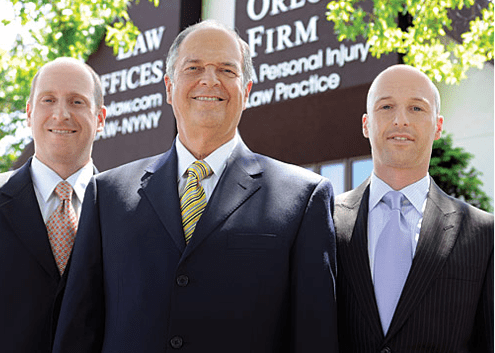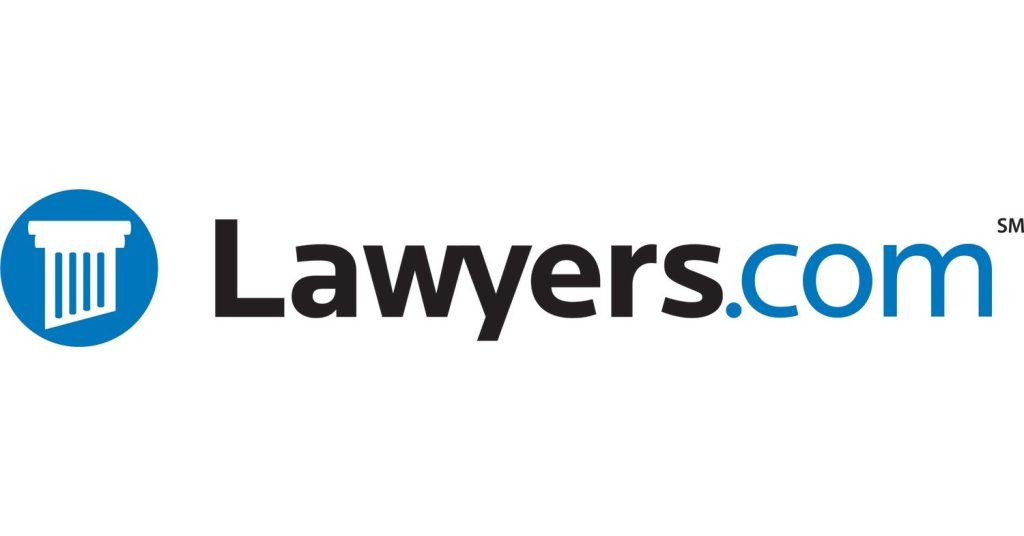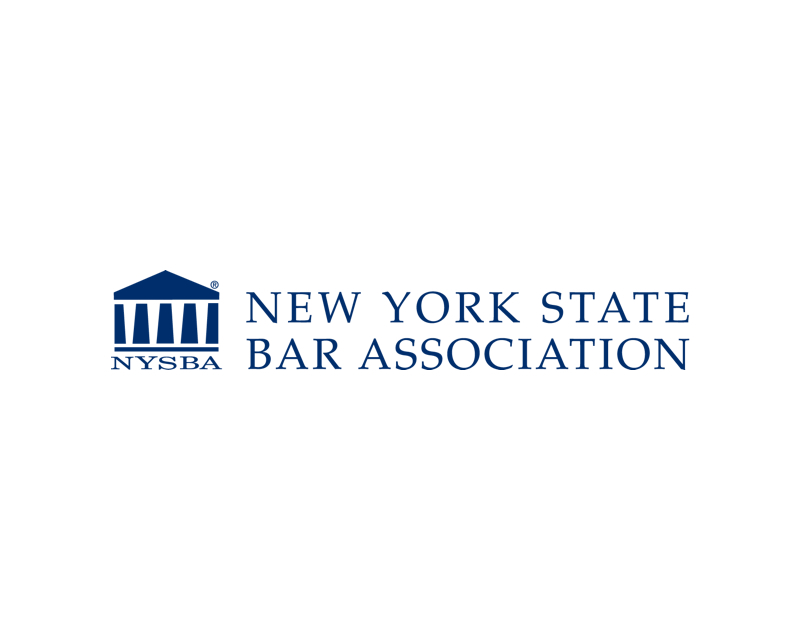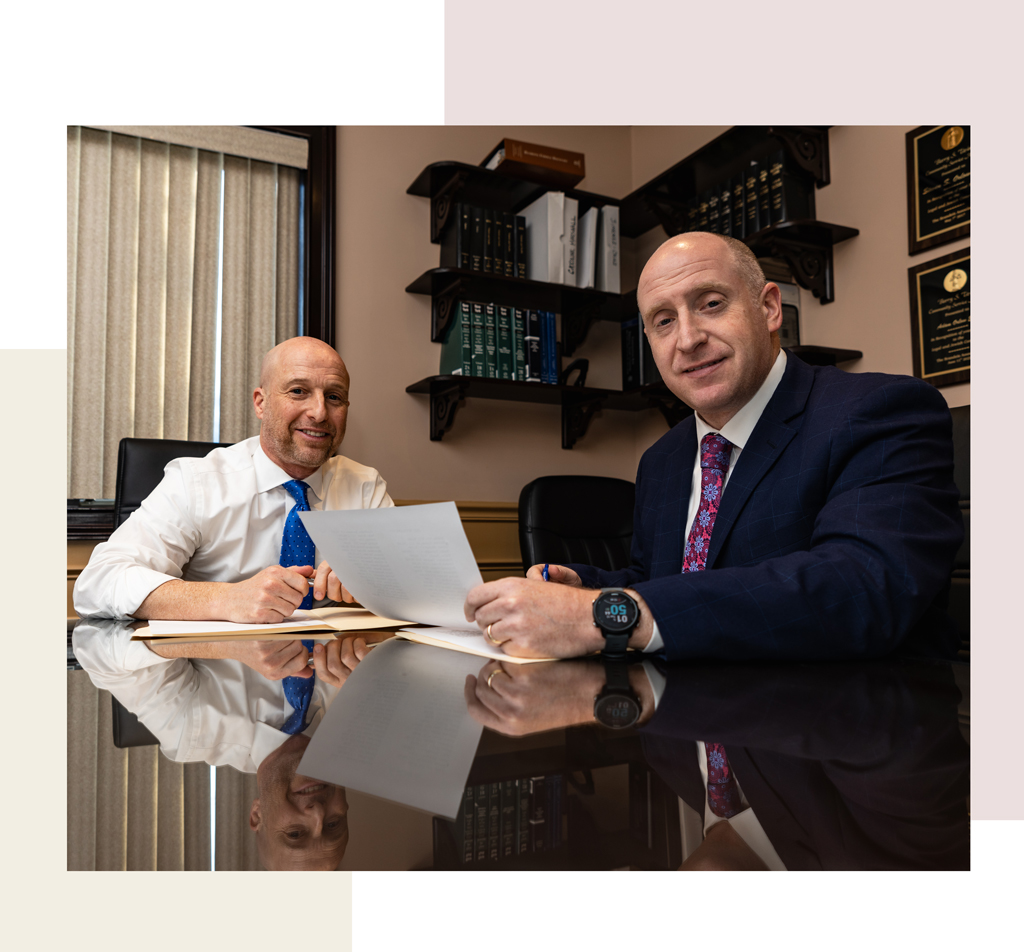The Following People Contributed to This Page
Cindy Cordova is a seasoned legal writer with over seven years of experience crafting clear, informative, and professional content for law firm websites. With a B.A. in English from Trinity Christian College, she combines her strong writing background with a deep understanding of legal topics to help firms connect with their clients through trustworthy and accessible content.
- July 8, 2025
What Is the Reasonable Person Standard in New York Personal Injury Cases?
Quick Answer: In New York personal injury cases, the “reasonable person standard” is a legal test used to determine if someone acted negligently. It asks whether the defendant’s actions were what a reasonably careful person would have done under the same circumstances. Essentially, it’s an objective measure, imagining a hypothetical individual who acts with ordinary prudence and caution.
Here’s a breakdown of the reasonable person standard:
- Objective Standard: The reasonable person standard is objective. It does not consider the defendant’s specific personality, intelligence, or unique personal characteristics. Instead, it focuses on what a hypothetical, ordinary person, possessing common sense and good judgment, would do in the exact same situation.
- Duty of Care: In negligence cases, this standard is fundamental for determining if the defendant owed a “duty of care” to the plaintiff and, more importantly, if they “breached” that duty. A breach occurs when the defendant’s actions or inactions fall short of what a reasonable person would have done to prevent harm.
- Examples:
- Traffic Accidents: A driver who runs a red light or exceeds the speed limit is typically not acting as a reasonable person would, and could therefore be found negligent in an ensuing accident.
- Premises Liability: A store owner who fails to promptly clean up a hazardous spill in an aisle, resulting in a customer slipping and falling, could be considered negligent if a reasonable person in their position would have addressed the hazard.
- Medical Malpractice: A doctor who fails to provide timely and adequate medical care that deviates from accepted medical practice may be deemed negligent, as a reasonable doctor would have acted differently under similar circumstances.
- Children: Children are generally not held to the same adult reasonable person standard in negligence cases. Courts often apply a modified standard, comparing a child’s actions to those of other children of similar age, intelligence, and experience in similar circumstances, unless they are engaging in inherently adult activities like driving.
- Applying the Standard: Juries or judges are tasked with applying the reasonable person standard to the specific facts presented in each case. They consider all the surrounding circumstances and evaluate whether the defendant’s actions or omissions align with what a hypothetical reasonable person would have done to avoid causing injury.
To understand how the law applies in your situation, contact The Orlow Firm’s personal injury attorneys at (646) 647-3398 for a free consultation.
Why Does the Reasonable Person Standard Matter in Injury Claims?
The reasonable person standard is very important in New York City injury claims because it helps decide if someone was legally careless, also known as negligent. In most personal injury cases, one person’s actions—or failure to act—must have caused someone else’s injury. To prove this, courts ask one key question: “Would a reasonable person have acted differently in that same situation?”
If the answer is yes, the person may be held legally responsible. This standard is used in many types of cases, including car accidents, slip and falls, and workplace injuries. Here’s why the reasonable person standard matters:
- Helps decide fault: The court uses the standard to figure out if someone’s behavior was unsafe or careless compared to how a reasonable person would act.
- Protects fairness: It creates a fair way to judge what’s acceptable behavior. Everyone is expected to act with common sense and basic caution.
- Affects your right to compensation: If the other person’s actions don’t meet the standard, and those actions caused your injury, you may be able to file a personal injury claim.
For example, imagine you’re walking on a snowy NYC sidewalk. A building owner fails to clear ice from the walkway for several days. If you slip and fall, the court might ask: “Would a reasonable property owner in New York City have cleared the ice?” If the answer is yes, and their failure led to your injury, they may be found negligent.
On the other hand, if the sidewalk iced over just moments before you fell—giving the owner no time to respond—it might be harder to show they failed the reasonable person test.
In injury cases, insurance companies and lawyers often debate over what a reasonable person would have done. This can get complex, especially in a busy city like New York where conditions can shift quickly. That’s why documenting what happened and talking to a legal professional can be helpful in showing another party acted unreasonably and caused harm.
If you were injured and believe someone failed to act reasonably, you may have a right to seek compensation. To better understand your options, contact The Orlow Firm at (646) 647-3398 for a free and confidential consultation.
How Do NYC Courts Decide What a “Reasonable Person” Would Do?
When deciding what a “reasonable person” would do, New York City courts look at what most people would consider safe and responsible behavior in a similar situation. This idea helps judges and juries figure out if someone was careless (legally known as “negligent“) and caused harm to another person.
Courts don’t look at what the person involved in the case thought was right. Instead, they compare that person’s actions to what a hypothetical “reasonable person” would have done under the same or similar conditions.
To make this judgment, NYC courts consider several things:
- The circumstances of the incident : The court looks at where, when, and how the event occurred. Was the street icy? Was the driver speeding? Everything surrounding the situation matters.
- Customs or common practices : If there’s a typical way people act in certain settings—like how pedestrians use crosswalks—that can help define what counts as reasonable.
- Foreseeability of harm : The court asks whether the person should have expected that their actions could hurt someone.
- The level of care expected : Some situations call for extra caution. For example, a bus driver in NYC must be more careful than a regular driver because they carry passengers.
Here’s a simple example: A delivery driver leaves heavy boxes on the sidewalk in front of an apartment building. If someone trips and gets hurt, the court may ask, “Would a reasonable person have left the boxes there, knowing it could be a tripping hazard?” If the answer is no, the driver may be found negligent.
Jurors in NYC personal injury cases play a big role in this process. The judge gives them the legal standards to follow, but it’s the jurors who decide what they believe a reasonable person would have done. Their decision helps determine if someone is legally responsible for the injury.
Because “reasonableness” depends so much on the details, courts review each case carefully. That’s why good legal advice is especially important if you believe someone’s carelessness caused your injury in New York City.
Examples of the Reasonable Person Standard in New York Injury Cases
The “reasonable person standard” is used in personal injury cases to decide if someone acted carelessly. It asks: What would a careful, average person do in the same situation? Here are some real-life examples in New York City that show how this standard is used in court.
- Slip and fall in a grocery store: If someone slips on a wet floor in a Brooklyn supermarket, the court looks at whether store staff acted like reasonable people. Did they clean up the spill quickly? Did they put up a warning sign? If not, the store may be held responsible because a reasonable person would have taken those steps.
- Pedestrian struck by a car: In Manhattan, a driver hits a person crossing the street at a crosswalk. A court would ask if the driver was acting like a reasonable person. Were they speeding? Ignoring traffic signals? Drivers must stay alert, especially in busy city areas. Failure to do so could mean they were negligent.
- Construction site injury: A passerby is hurt by falling debris near a Queens construction site. Contractors are expected to secure materials and follow safety codes. A reasonable worker would have ensured no objects could fall onto the sidewalk. If those steps weren’t taken, the company might be found at fault.
- Dog bite incident: In the Bronx, a neighbor’s dog bites someone in a public park. The court may ask if the owner acted like a reasonable person. Did they have the dog on a leash? Was the dog known to be aggressive? If the owner ignored warning signs or failed to control the animal, they might be considered negligent.
- Bus injury: A passenger is injured on an MTA bus in Staten Island due to sudden braking. Investigators will ask whether the bus driver acted reasonably. Did a pedestrian run into traffic, causing an emergency stop? Or was the driver going too fast and not paying attention?
These examples show that the reasonable person standard helps courts decide if someone’s actions—or lack of action—caused harm. Each case is based on facts, but the key question is often the same: Would a careful person have acted differently?
If you believe someone failed to act reasonably and caused your injury in New York City, taking action quickly is important. You can call The Orlow Firm at (646) 647-3398 to discuss your case in a free consultation.
What Factors Affect How the Reasonable Person Standard Is Applied?
In New York City personal injury cases, the reasonable person standard is not one-size-fits-all. Courts consider several important factors when deciding how a reasonable person would act in the same situation. These factors help determine whether someone was negligent and possibly at fault for an injury.
Here are some key factors that affect how the reasonable person standard is applied in NYC injury claims:
- Location and surroundings: What is considered reasonable can change depending on where the incident happened. For example, a driver on a quiet suburban street might act differently than one navigating busy Manhattan traffic. In New York City, people are expected to be more alert due to crowded streets, heavy foot traffic, and frequent construction.
- Time and conditions: The time of day and weather can matter. A reasonable person would behave cautiously when driving in heavy rain or snow, or walking on an icy sidewalk. Nighttime conditions can also require extra care from both drivers and pedestrians.
- Relationship between the people involved: If someone owed a special duty of care—like a landlord to a tenant or a store owner to a customer—the court will consider what a reasonable person with that duty would do to keep others safe.
- Knowledge and awareness: The court looks at what the person knew or should have known. For example, if a building owner knew about a broken stair but didn’t fix it, they might be considered unreasonable for failing to take action.
- Emergency situations: If someone is in a sudden emergency (like trying to avoid a car crash), the court may compare them to a reasonable person under the same stress, not in a calm, everyday setting.
- Customs or rules: Laws, city codes, and common safety rules help shape how people are expected to act. In New York City, ignoring traffic laws or building codes can weigh heavily against someone in an injury case.
These factors help judges and juries decide if someone acted with the level of care that a “reasonable person” would use in the same situation. It’s not just about what the person believed was reasonable—but what society expects as basic, careful behavior.
If you believe someone failed to act reasonably and caused you harm, speaking with a personal injury lawyer can help you understand your legal rights. Contact The Orlow Firm at (646) 647-3398 for a free and confidential consultation.
How Does the Reasonable Person Standard Impact Your Injury Compensation?
The “reasonable person standard” plays a big role in deciding how much money you may receive after an injury in New York City. It influences whether someone else was legally at fault for your accident. If another person or organization acted in a way that a reasonable person would not, they may be considered negligent. And if that negligence caused your injury, they may be held responsible for your damages.
Courts use this standard to decide if someone failed to act with the care that a reasonable person would have used in the same situation. If so, they may be considered legally responsible and ordered to pay compensation.
This can affect your injury compensation in several ways:
- Proving Fault: To win a personal injury claim, you usually need to show that someone else was careless. The reasonable person standard helps the court decide if the other person acted responsibly or not.
- Amount of Compensation: If the court finds the other person was not reasonable and caused your injury, you may receive money for medical bills, lost wages, pain, and more.
- Shared Fault: In New York, if you were partly at fault, your compensation may be reduced. For example, if both you and the other person acted unreasonably, the court may split responsibility between you. This is called “comparative negligence.”
Here’s a simple example: A storeowner in Brooklyn knew the floor was slippery but didn’t clean it or warn customers. If you slip and fall, the court will ask—would a reasonable storeowner have fixed the problem or put up a warning sign? If the answer is yes, that helps prove the storeowner was at fault, which could increase your chances of receiving full compensation.
In other words, the more clearly you can show that the other party acted in a way that a reasonable person would not, the better chance you have of recovering damages for your injuries.
If you’ve been hurt and think someone acted carelessly, it’s important to understand how legal standards like this one apply to your case. Contact The Orlow Firm at (646) 647-3398 to discuss your situation.
Can the Reasonable Person Standard Change When Children or Elderly Are Involved?
Yes, the reasonable person standard can change when the person involved is a child or an elderly adult. In personal injury cases, New York courts understand that not everyone has the same abilities, knowledge, or judgment. This is especially true for children and older adults, who may not always act the same way as the average adult would.
For children: courts use what’s called a “reasonable child” standard. This means they compare the child’s behavior to how a typical child of the same age, experience, and intelligence would act. For example, a 6-year-old might not understand traffic safety rules, while a 15-year-old likely would. So if a child is injured or causes an injury, the court will consider what’s reasonable for a child of that specific age and background.
For elderly adults: the standard still looks at what a reasonable person would do, but some courts may take age-related limitations into account. This doesn’t mean older adults are held to a completely different standard, but factors like reduced mobility, memory problems, or slower reflexes may be considered when judging whether their actions were reasonable.
Here are a few examples that show how this works in real life:
- Child injured on a playground: If a child falls off defective equipment, the court will ask if the property owner acted reasonably to protect children, who often take risks or don’t notice dangers.
- Senior citizen slips and falls: If an older adult falls on icy steps, the court might consider whether the property owner took enough care knowing some people may have difficulty with balance or walking.
- Teenager running into traffic: In a car accident case involving a teenager, the court will look at whether that teen acted like a typical person of their age would, not like a fully mature adult.
These differences matter because they affect who may be considered at fault and whether someone is responsible for another person’s injury. If a person or business in New York City fails to act in a way that matches what’s reasonable for the people they serve—including children and the elderly—they may be legally liable.
If you or your loved one has been hurt and you think the other party acted unreasonably, The Orlow Firm can help you understand your rights and what steps to take next. For a free consultation, call (646) 647-3398 today.
What Should You Do If You Think Someone Acted Unreasonably in NYC?
If you believe someone acted unreasonably and caused your injury in New York City, it’s important to take action quickly. The “reasonable person standard” is used in many injury cases to decide if someone failed to act with proper care. Here’s what you should do if you think that happened to you or a loved one:
- Get medical help right away: Your health and safety come first. Even if you think your injuries are minor, see a doctor. Medical records can also help prove your case later.
- Document everything: Write down what happened while it’s still fresh in your mind. Note the time, place, and who was involved. Take clear photos of your injuries, the scene, and anything else that shows what went wrong.
- Get contact information: If there were any witnesses, ask for their names and phone numbers. Their statements might help show that the other person acted carelessly.
- Report the incident: Depending on what happened, report it to the proper people. For example, tell the business manager if you slipped in a store. For traffic accidents, call the police and get a copy of the report.
- Keep evidence: Save any clothing, equipment, or damaged items related to the incident. These may be useful to show what happened and who was at fault.
- Don’t speak to insurance companies before getting legal advice: The other person’s insurance company may contact you. Be careful what you say. They might try to use your words against you.
- Speak to a personal injury lawyer: A lawyer can help assess whether the other person failed to act as a reasonable person would. They can guide you on what steps to take and how to protect your rights.
In New York City, situations where the reasonable person standard may come into play include car crashes, construction accidents, or slip and fall injuries. For example, if a property owner failed to fix a broken stair that caused you to fall, the court may ask: “Would a reasonable person have repaired the stair in time?” If the answer is yes, that owner could be held responsible.
Each case is different, and New York law considers many factors, such as age, experience, and location. Knowing what to do early on can make a big difference in how your case moves forward. If you’re unsure whether someone acted unreasonably, speaking with a qualified attorney can help you make that decision.
To discuss your situation in more detail, contact The Orlow Firm at (646) 647-3398. We can help you understand your legal options and determine the next steps for your injury claim.
Frequently Asked Questions About the Reasonable Person Standard in NYC Injury Law
Here are some of the most commonly asked questions about the reasonable person standard in New York City personal injury law. We’ve provided clear answers to help you better understand how this legal concept may apply to your case.
- What is the “reasonable person” standard in simple terms? It’s a legal way to decide if someone acted with proper care. The question is: Would an average, careful person have acted the same way in the same situation?
- How is the reasonable person standard used in NYC injury cases? If you’re hurt and want to sue someone, the court may ask if that person behaved like a reasonable person would have. If not, they might be found negligent, which can make them legally responsible for your injuries.
- Does the reasonable person standard apply the same way to everyone? Not always. Sometimes, courts adjust the standard based on age, experience, or ability. For example, children are usually judged by what is expected of kids their age—not adults.
- What makes a person’s actions “unreasonable” under the law? If someone ignores clear dangers or fails to take simple safety steps, their actions may be considered unreasonable. For example, not shoveling snow from a busy sidewalk in NYC after a storm could be seen as unreasonable behavior.
- Who decides what a “reasonable person” would do? In most cases, a judge or jury decides. They listen to the facts and compare what the person did to what an average person would have done in that situation.
- Can the reasonable person standard change depending on the situation? Yes. What’s considered reasonable in a quiet park might be different from what’s expected on a busy NYC street. Courts look at the specific details of the case.
- Does this standard only apply to car accident cases? No. It can apply to many types of personal injury claims, including slip and fall accidents, construction injuries, or even cases involving unsafe buildings or sidewalks.
- What if both people acted unreasonably? New York uses a rule called “comparative fault.” This means both parties can share blame. Your compensation could be reduced by the percentage you’re found at fault.
- Is it easy to prove someone didn’t act like a reasonable person? Not always. It depends on evidence, like photos, videos, witness accounts, and expert opinions. That’s why having legal guidance can make a big difference.
If you think someone failed to act with proper care and it caused your injury, you may have a valid personal injury claim. For questions about how the reasonable person standard might apply to your NYC case, call The Orlow Firm at (646) 647-3398 for a free and confidential consultation.
Contact The Orlow Firm for a Free Consultation About Your Injury Claim
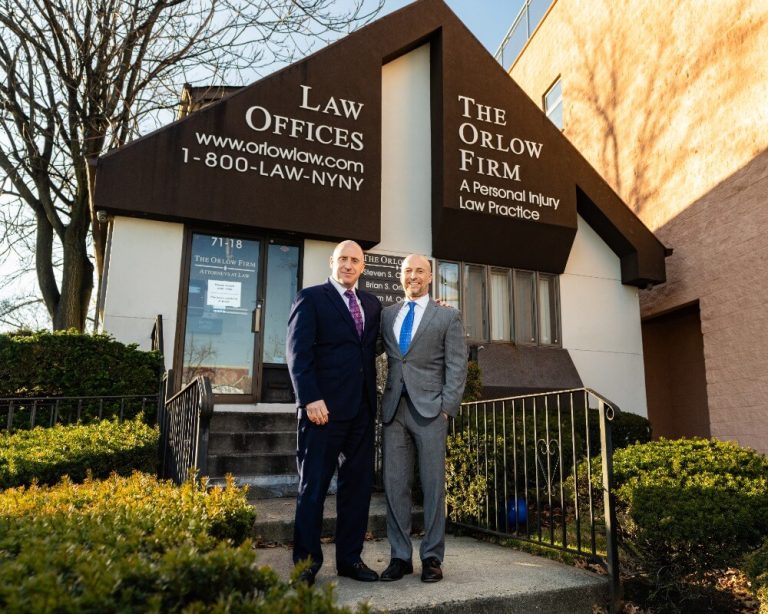
If you were injured in New York City and believe someone acted carelessly, you may have a personal injury claim. A key part of your case will involve the reasonable person standard. This legal idea helps decide if a person acted the way a typical, careful person would in the same situation. It plays a big role in determining fault in most injury cases, including car accidents, slip and falls, and workplace injuries.
Sometimes it’s hard to know if someone’s actions were legally unreasonable. That’s where an attorney can help. At The Orlow Firm, we take time to listen to your story and help you understand your legal options. During your free consultation, we can:
- Review the facts of your accident – We’ll ask questions to understand what happened and gather any available evidence.
- Explain how the reasonable person standard applies – We’ll break down how New York courts may view the other party’s actions.
- Explore what compensation you may be entitled to – That may include medical bills, lost wages, and other losses caused by the accident.
- Help you avoid mistakes – Many people unknowingly hurt their cases by giving statements or missing deadlines. We can guide you through each step.
Whether you were hurt as a pedestrian in Brooklyn, in a Bronx car crash, or at a Manhattan job site, your case deserves close attention. Proving that someone failed to act like a reasonable person can make the difference in your claim.
Calls are free and confidential. You don’t have to make any decisions right away. We’re here to answer your questions and help you make informed choices. To talk with an attorney, call The Orlow Firm at (646) 647-3398. Let us help you take the first step toward getting the justice you deserve.
The Following People Contributed to This Page
Cindy Cordova is a seasoned legal writer with over seven years of experience crafting clear, informative, and professional content for law firm websites. With a B.A. in English from Trinity Christian College, she combines her strong writing background with a deep understanding of legal topics to help firms connect with their clients through trustworthy and accessible content.


